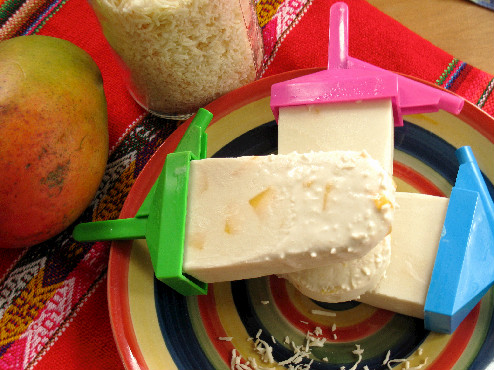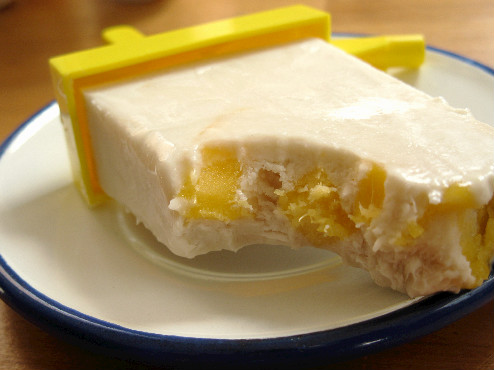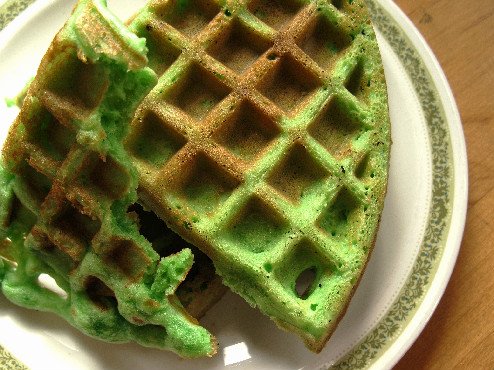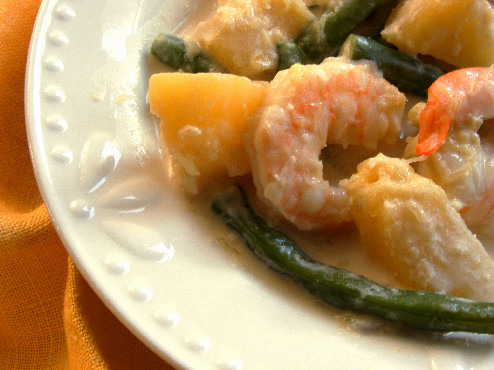Coconut Milk: Mexican Coconut Mango Popsicles – Paletas de Coco y Mango
Sunday, April 24th, 2011A sure sign of warm weather is the jingle of the paleta cart being pushed through the neighborhood. The bells calling out to the kids and ice cream lovers like the Pied Piper.
I admit to being lured in just as much as the kiddos. How could I not? Paletas are Mexican popsicles – either cream or water-based treats – served up in traditional and unusual flavors. Any visit to Mexico, especially beachside, is not complete without a visit to the paleteria or heladeria.
When it comes to sweets, I’m generally an “anything-with chocolate” gal. But with my ice cream, I am much less predictable. Last year it was lemon and, so far this year, it’s coconut. Thanks to you and all these coconutmilk recipes.
The paletas de coco (coconut popsicles) that I get from the neighborhood paleta peddler are okay in a pinch. But, if you want one that’ll make you ooohh and aaaahhh, make your own at home.
This coconut ice cream recipe calls for just a handful of ingredients – coconut milk, cream, vanilla, mango, and shredded coconut – and is very easy to make.
Use it as a guide or inspiration to create a paleta that suits your taste or whatever you have in your pantry. In addition to the coconut milk, you can add sweetened condensed milk, as other Latin American versions do. Or, if you’re watching your waist, use a low fat coconut milk and swap out the cream/milk for the refrigerated coconut milk that has about 80 calories/5 grams of fat. Regardless, I recommend you try it with diced mango or pineapple. And, to add even more texture, use the shredded coconut.
The chunks of mango make for a tangy and sweet bite and cut the richness of the coconutmilk and cream.
If you don’t have popsicle molds, go old-school and make them in some small papercups with popsicle sticks or use your ice cube tray to make mini-paletitas.
If you’re not into popsicles, then I recommend using the same recipe to make coconut ice cream with mango. Just follow your ice cream maker instructions, generally adding the fruit and shredded coconut milk at the end before freezing.
Caution: this ice cream is addictive.










